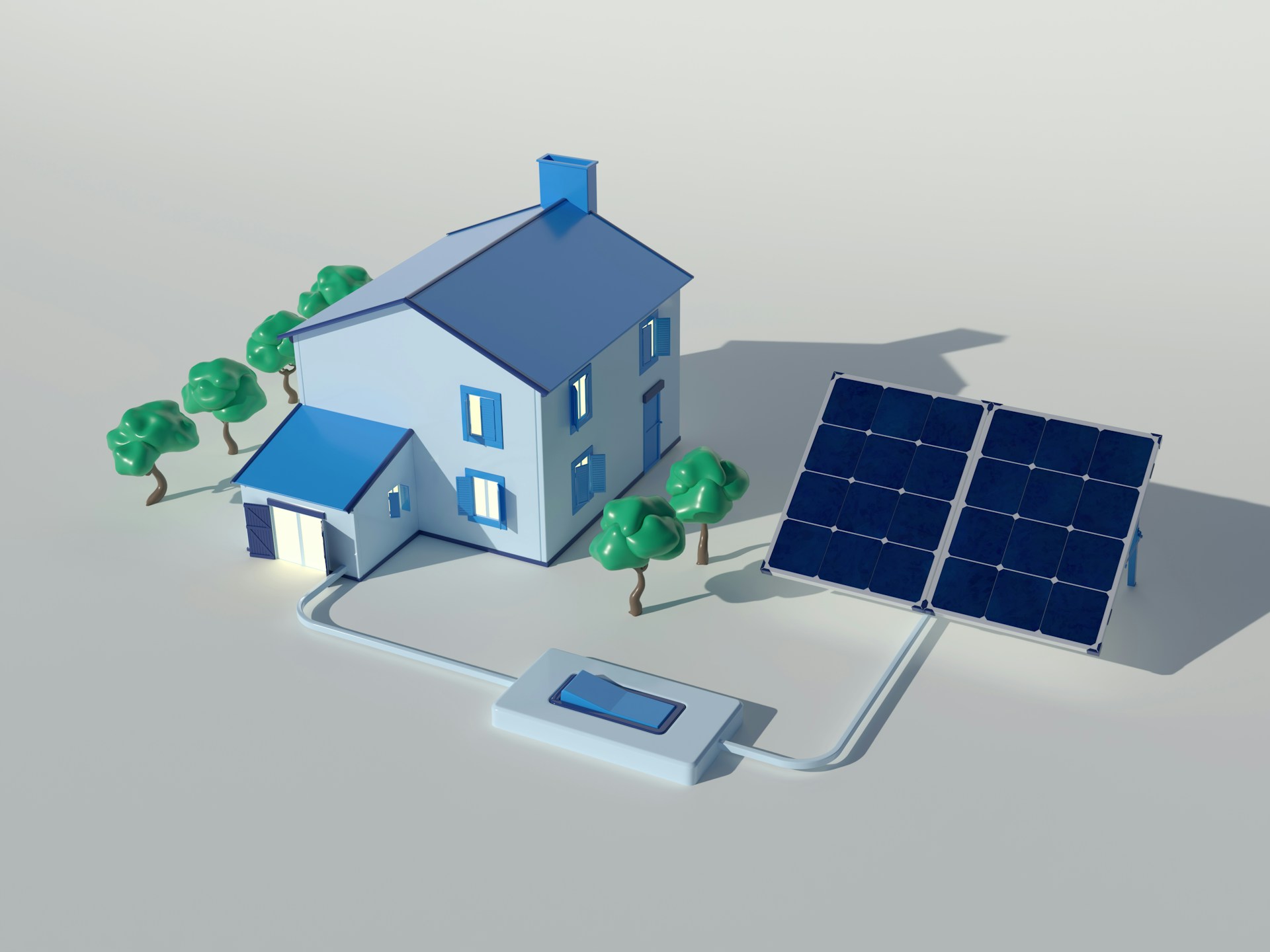New Government Grants in 2025 for Home Battery Storage: Is the Tesla Powerwall Eligible?
In a bid to accelerate the UK’s transition to cleaner, more efficient energy solutions, the government has unveiled new grants for home battery storage in 2025. This long-anticipated policy aims to support homeowners in storing excess renewable energy, such as that generated from solar panels, for use when needed, reducing grid dependence and lowering energy bills. One of the biggest questions on homeowners’ minds is whether the popular Tesla Powerwall is eligible for funding under the new scheme.
Overview of the 2025 Home Battery Storage Grant
The new grant is part of the government’s Green Energy Support Package, rolled out to boost domestic energy storage uptake. With increasing volatility in energy prices and greater focus on decarbonisation, enabling households to store and manage their own energy is a logical step forward.
Key Highlights:
- Grant Value: Up to £4,000 per household for qualifying battery systems.
- Installation Window: Applies to systems installed between April 1, 2025, and March 31, 2026.
- Compatibility: Batteries must be compatible with renewable energy sources, such as solar PV systems.
- Installer Requirement: Installation must be carried out by an MCS-certified professional.
Why Home Battery Storage Matters
Battery storage systems allow households to:
- Capture excess solar energy during the day and use it at night.
- Reduce reliance on the National Grid, especially during peak times.
- Improve resilience during power outages.
- Contribute to net-zero goals by using greener energy more efficiently.
With the rise of electric vehicle uptake and smart home technologies, battery storage complements broader eco-upgrades, offering both economic and environmental benefits.
Is the Tesla Powerwall Eligible?
The short answer is yes, but with conditions.
The Tesla Powerwall 2 and the recently released Powerwall 3 are both technically eligible under the 2025 scheme, but several factors determine grant approval.
Tesla Powerwall Eligibility Checklist:
- MCS-Certified Installation: Tesla-approved installers must also be MCS-certified. Many already are, but it’s essential to verify.
- Integrated with Solar PV: The grant is primarily aimed at enhancing solar systems. Standalone batteries may not be eligible unless they are connected to or intended for integration with solar energy systems.
- Meets Technical Standards: Tesla Powerwall units meet UK safety, energy storage, and efficiency standards.
- Smart Meter Integration: Powerwalls must work with a smart meter or equivalent monitoring system to qualify.
If you already have solar panels, retrofitting a Tesla Powerwall may be eligible, provided all the other criteria are met.
Application Process and Timeline
To claim the grant:
- Get a quote from an MCS-certified installer for a qualifying battery system.
- The installer will submit the grant application on your behalf.
- Upon approval, the grant is applied as a discount to your invoice.
- You pay the balance, and the installer handles the rest.
It’s a relatively straightforward process, but expect high demand in 2025, especially for premium products like the Tesla Powerwall.
Alternatives to the Tesla Powerwall
While the Tesla Powerwall is a market leader in terms of brand and capability, the grant also covers other battery storage systems, including:
- SonnenBatterie
- GivEnergy
- LG Chem RESU
- Pylontech US series
Each has unique strengths in terms of price point, modularity, and compatibility. For some households, a more affordable system might offer better ROI, especially when factoring in government subsidies.
Is Now the Right Time to Invest?
With the introduction of these new grants, 2025 presents a golden opportunity for UK homeowners to futureproof their homes and gain greater energy independence.
The Tesla Powerwall remains one of the most robust and reliable home battery systems available, and if installed correctly, it does qualify for the new grant. However, costs can still be high even after subsidies, so careful comparison of alternative systems and long-term benefits is advised.
